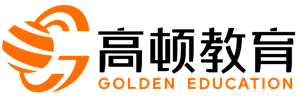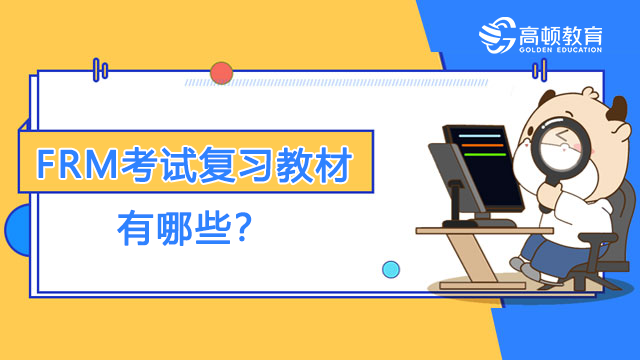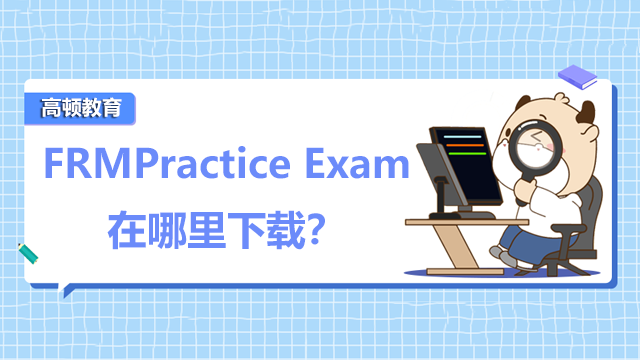1.A portfolio manager plans to add a new position of USD 100,000 to current portfolio of USD 10 million. The following information is included in his decision process:
| Portfolio | Asset A | Asset B |
Mean return | 20% | 25% | 25% |
Correlation with portfolio | 1.00 | 0.95 | 0.40 |
Volatility | 35% | 25% | 30% |
Tracking error | 15% | 12% | 14% |
Given a risk-free rate of 5%, which asset should the portfolio manager choose and why?
A. Asset A, since it has a lower Sharpe ratio.
B. Asset A, since it has a higher correlation.
C. Asset B, since it has a higher beta.
D. Asset B, since it has a higher Treynor ratio.
2.The marginal probability of default for years one and two is 0.5% and 1.1 %,respectively. If the cumulative probability of default for the 3-year period is 4.45%, the marginal probability of default for year three is closest to:
A. 2.8%
B. 3.2%
C. 2.9%
D. 2.7%
3.Under the IRB approach ofthe Basel II Accord, an unexpected loss:
A. Might occur as a result of an economic downturn.
B. Should be part of the probability of default (PD) calculation.
C. Should be covered by loan loss provisions and interest margins.
D. Can be avoided by using historical default rates to estimate losses.
Answer:
1.D
2.C
The cumulative probability of default is equal to one minus the probability of surviving to the end ofthe period without default:
C3 =1 一(1-Pl)(1 一P2 )(1 一P3)0.0445 = 1-(1-0.005)(1-0.01 ~)(1-P3)*P3 =2.9%
3.A
Losses predicted by historical default rates are expected and should be covered by loan loss
provisions. Unexpected losses are unexpected variations from expected losses. An example would be the losses that arise during an economic downtum when many loans default at the same time.



 QQ登录
QQ登录 微博登录
微博登录 微信登录
微信登录



















